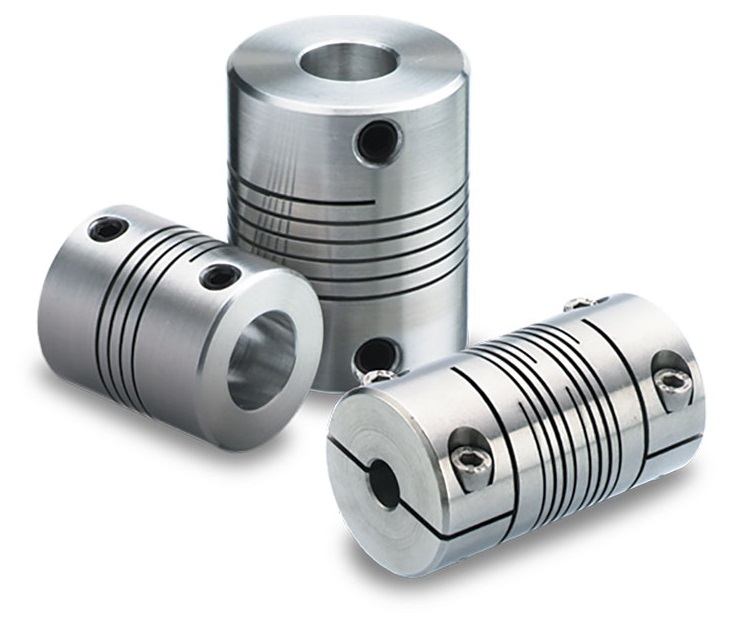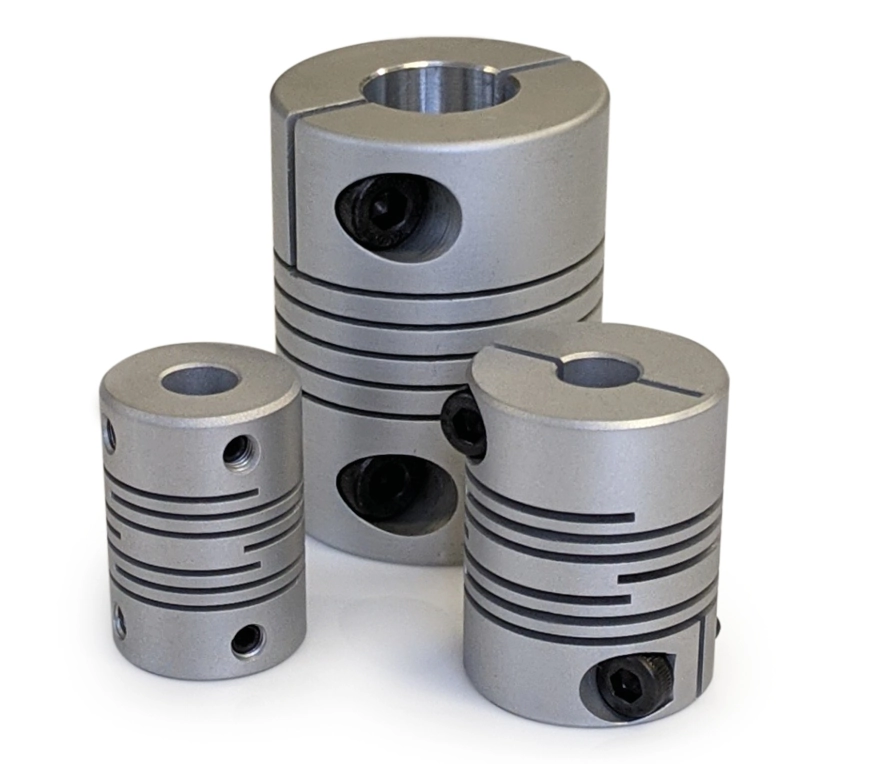“`html
Introduction to Beam Coupling
Beam couplings are a pivotal component in sound engineering applications, known for their ability to transmit torque between two shafts while accommodating for misalignments. This introduction dives into the key aspects of beam couplings, emphasizing their applications and features.
Design and Flexibility
The intricate helical cut design of beam couplings allows for exceptional flexibility, making them ideal for applications requiring precise motion control and alignment. This design not only accommodates angular and axial misalignments but also mitigates the buildup of stress, ensuring longevity and reliability.

Torque Transmission and Precision
Beam couplings are renowned for their efficient torque transmission capabilities and high precision. They maintain a balance between strength and flexibility, ensuring seamless power transfer without compromising on accuracy, essential for sound engineering applications.
Material and Durability
Constructed from high-grade materials such as stainless steel, beam couplings offer remarkable durability. They are resistant to corrosion, wear, and tear, making them suitable for use in challenging environments and extending their service life significantly.
Features of Beam Coupling
- Zero Backlash: Ensures high precision by eliminating play between the coupling halves, critical for sound engineering where accuracy is paramount.
- High Misalignment Capability: Accommodates angular, axial, and parallel misalignments, providing versatility in application.
- Vibration Damping: The helical design absorbs vibrations, reducing noise and preventing damage to other components in the system.
- Maintenance-Free: Due to their design and material, beam couplings require minimal maintenance, reducing downtime and operational costs.
- Customizable: Available in various sizes and configurations, beam couplings can be tailored to meet specific application requirements.
Applications of Beam Coupling
Beam couplings are particularly suited for sound engineering applications due to their unique features and benefits. Below are five reasons why they excel in such applications:
- Precision Alignment: Critical for sound equipment where even minor misalignments can affect performance.
- Smooth Torque Transmission: Ensures flawless operation of audio equipment by delivering consistent power.
- Durability in Challenging Conditions: Capable of withstanding environments where sound equipment is often used, extending equipment lifespan.
- Vibration Reduction: Minimizes operational noise, crucial for recording and broadcasting environments.
- Customization: The ability to tailor beam couplings for specific sound engineering needs enhances overall system efficiency.
Working Principle of Beam Coupling
Beam couplings operate by transmitting torque through a series of helical cuts in a single piece of material. This section explains the working principle in detail.
The helical cuts allow the coupling to flex under load, accommodating misalignments while maintaining a constant velocity and torque transmission. This flexibility also absorbs vibrational energy, contributing to a smoother operation.
The design inherently provides a balance between strength and flexibility, ensuring that the coupling can handle the required torque without failure, making it a reliable choice for precision applications.
Choosing the Right Beam Coupling
- Torque Requirements: Evaluate the torque needs of your application to select a coupling with adequate capacity.
- Misalignment Tolerances: Consider the types and degrees of misalignment your system may encounter to ensure the coupling can accommodate them.
- Environmental Conditions: Choose materials and designs that can withstand the operating environment of your application.
- Size and Space Constraints: Ensure the coupling fits within the available space, taking into account shaft sizes and distances between shaft ends.
- Customization Needs: For specialized applications, look for options to customize the coupling to meet specific requirements.

Maintenance of Beam Coupling
Maintaining beam couplings is crucial for ensuring longevity and optimal performance. Regular inspections should be conducted to check for signs of wear or damage. Although beam couplings are designed to be maintenance-free, keeping the surrounding environment clean and monitoring the system for any misalignments or operational anomalies can prevent premature failure. Understanding the importance of maintenance is key to sustaining the efficiency and reliability of beam couplings in sound engineering applications.
About HZPT
HZPT was established in 2006, emerging as a leader in the design, development, and manufacturing of couplings. With a dedicated design and R&D team for 16 years, we specialize in customizing products to meet global customer requirements. Our comprehensive quality control system from raw materials to finished products, coupled with CE and TUV certifications, underscores our commitment to quality. At HZPT, satisfying customer needs is our pursuit, and we are committed to establishing successful business relationships with new clients worldwide. Our main products cater to a variety of mechanical industries, offering couplings like radial elastic couplers, tire couplers, universal couplers, and many more. Our philosophy revolves around quality and reputation, ensuring our products are of high quality, competitively priced, and available in a wide range. Choosing HZPT means choosing excellence, and we look forward to working with you.

“`
